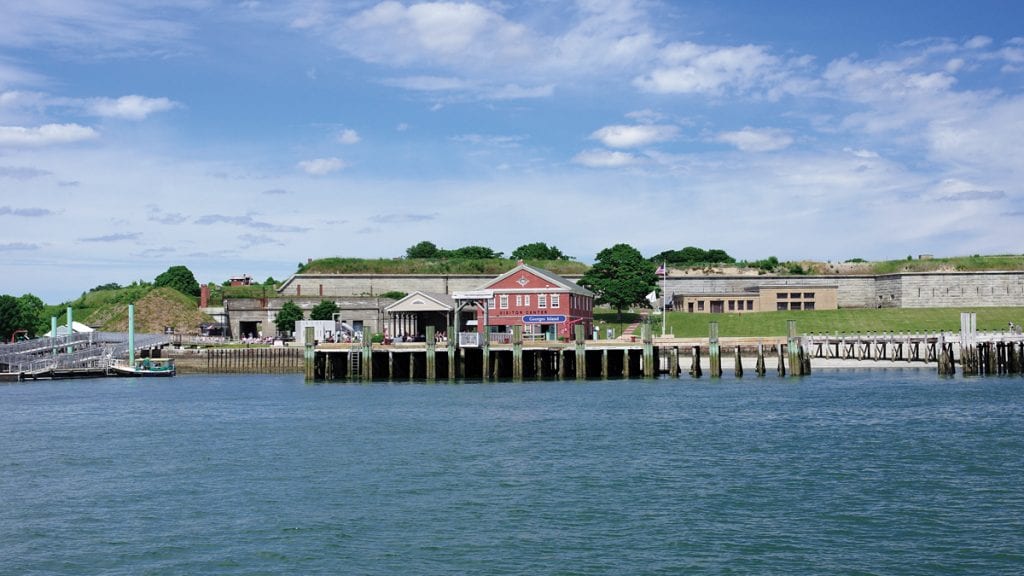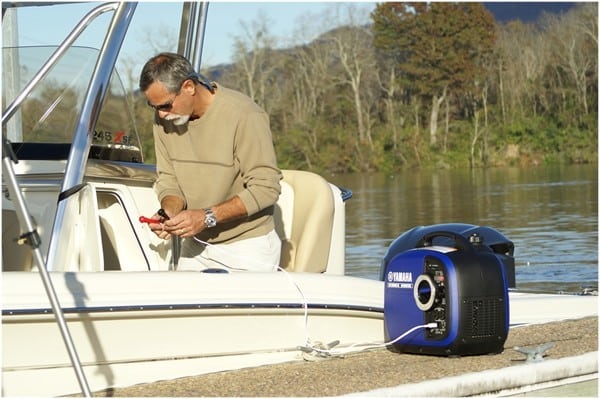Spring Shoaling and Other Changes On the Water
There’s special anticipation that accompanies the first few boating trips each spring. After all, who knows what the winter has brought in terms of unexpected shoaling, shifting channels, missing buoys, ruptured bulkheads, and the like. The combination of heavy ice flows, stiff winds and high tides can do some strange things, especially in shallow, inshore waters.
Once you’ve carefully scoped out your home grounds and noted any obvious spring shoaling, dock damage or other gifts from Old Man Winter for which you’ll need to make notations on your charts, it’s time to dig a little deeper and investigate any man-made changes since the end of last season. The good thing is that some of these are repairable and not problems.
Massachusetts
In fact, one of the nicest things about early season boating is discovering improvements. Those are brought about by dredging, marina upgrades, spring shoaling, and increased accessibility. The Massachusetts Department of Conservation and Recreation (DCR), for example, is installing an additional 118 transient moorings for boats up to 40 feet LOA at various locations within the Boston Harbor Islands National & State Park, including Spectacle Island, Georges Island and Peddocks Island. The project is expected for completion by the start of summer.
Once installed, reservations for day and overnight use will be available online for a fee. Designated temporary pickup and drop-off areas on the Spectacle, Georges and Peddocks piers will also be available to boaters. The additional moorings will allow boaters to easily explore the natural, cultural and historical resources of the area. The park, located just minutes away from the City of Boston by boat, comprises 34 islands and peninsulas. At least six of the islands are publicly accessible and offer activities such as swimming, hiking, camping, and fishing. The park also includes six listings on the National Register of Historic Places, three of which are also National Historic Landmarks.
bostonharborislands.org
Long Island
Those who challenge the rough and tumble waters of Moriches Inlet on Long Island’s south shore will be happy to know that the Army Corps of Engineers addressed the
shoaling over the winter, removing approximately 120,000 cubic yards of sand to create a 200-foot-wide, 10-foot deep passage through the inlet. Four severe winter storms during the harsh winter of 2017 had created a build-up of over 300,000 cubic yards of sand, clogging the inlet, which nourishes Moriches Bay with refreshing ocean water while
offering boaters and anglers an outlet to the open sea.
Conditions continued to deteriorate through last fall until the project got underway in October. The inlet seems considerably tamer now, but caution is always advised while
traversing this cut.
Long Island, New York, Congressman Lee Zeldin, who was instrumental in procuring the funds to get the inlet dredged, also managed to procure more than $3 million to dredge
the ICW in Moriches Bay to a uniform depth of six feet in a nearly three-mile stretch just inside the inlet. Work was completed in late February, so boating prospects are really
looking up on this shallow bay.
Your Backyard
Not all marine improvements come with a big splash. Look around your own boating waters with a little focus, and you’ll find plenty of habitat restoration projects. Seeding
clams and oysters that help filter and clean our waters, for one. You may spot dune replenishment projects designed to rebuild and protect exposed beaches from serious erosion. Both bring more birds, fish and marine creatures within sight. They all add up to a better boating experience in the long run, so help out, keep an eye open and don’t overlook the small stuff.
By Tom Schlichter, Southern Boating
April 2019












